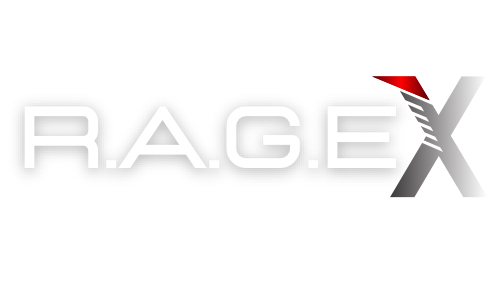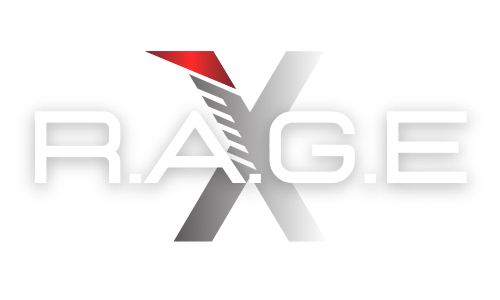“Galileo” Nuclear Test: 11-Kiloton Detonation at Nevada Test Site
📍 Nevada Test Site, United States 🇺🇸
On September 2, 1957, the United States conducted the “Galileo” nuclear test at the Nevada Test Site (NTS), a key location for nuclear testing during the Cold War. This test involved an 11-kiloton nuclear detonation atop a 150-meter tower and was part of the ongoing efforts to develop and refine nuclear weapons in the context of the arms race between the United States and the Soviet Union.

Key Details of the “Galileo” Nuclear Test:
• Test Overview: The “Galileo” nuclear test was one of several conducted by the United States as part of its weapons development program. The test involved an 11-kiloton nuclear device, detonated from a tower 150 meters (approximately 492 feet) in height. The use of a tower detonation allowed scientists to study the effects of a nuclear explosion in a controlled, above-ground environment.
• Purpose of the Test: The “Galileo” test was part of a series aimed at understanding the effects of nuclear detonations and advancing nuclear weapons design. These tests were crucial for improving the efficiency, yield, and safety of nuclear weapons, as well as for developing strategies for their potential use.
• Location and Historical Significance: The Nevada Test Site (NTS), located in the Nevada desert about 65 miles northwest of Las Vegas, was the primary testing ground for U.S. nuclear weapons during the Cold War. From 1951 to 1992, the NTS hosted over 1,000 nuclear tests, both above and below ground. Tests like “Galileo” provided critical data on the behavior of nuclear explosions and their impact on the environment and military equipment.
Context and Implications:
• Cold War Nuclear Development: The “Galileo” test was conducted during a period of intense nuclear arms development by both the United States and the Soviet Union. This era saw frequent testing as each superpower sought to demonstrate and expand its nuclear capabilities. The Nevada Test Site played a central role in this arms race, contributing to the development of new nuclear weapons systems.
• Impact on Military Strategy: Information gathered from tests like “Galileo” was used to inform U.S. military strategy and policy, particularly regarding nuclear deterrence and the potential use of nuclear weapons in conflicts. These tests provided valuable data on the explosive yield, fallout, and blast effects, which were essential for military planning and civil defense.
• Environmental and Health Concerns: While above-ground nuclear tests like “Galileo” provided valuable scientific data, they also posed significant risks to the environment and public health. Fallout from these tests spread radioactive material across large areas, leading to long-term health effects for people downwind of the test sites. This eventually led to the Partial Test Ban Treaty of 1963, which prohibited atmospheric nuclear tests.
The “Galileo” nuclear test on September 2, 1957, was a crucial part of the United States’ nuclear testing program at the Nevada Test Site. With an 11-kiloton yield and a detonation from a 150-meter tower, the test contributed to the understanding and advancement of nuclear weapons during a critical period of the Cold War. It also underscored the dual legacy of nuclear testing—advancing military technology while raising significant ethical, environmental, and health concerns.
#NuclearHistory #ColdWar #NevadaTestSite #NuclearTesting #MilitaryHistory
- xAI Acquires X in $45 Billion AI-Social Media Deal

- The State Department is officially shutting down USAID
- Thai prime minister declares state of emergency in Bangkok
- Israel Threatens to Strike Beirut Neighborhood Amid Mass EvacuationsThe Isr…
- North Korea Unveils ‘Global Hawk-Type’ Spy Drone

CIS Security: Your Partner in Strategic Defense Insights
CIS Security provides expert analysis on global military movements and defense strategies. With over three decades of experience, we offer reliable security solutions tailored to your needs. Learn more at cissecurity.net and cissecurity.pro, or contact us directly at info@cissecurity.net.












